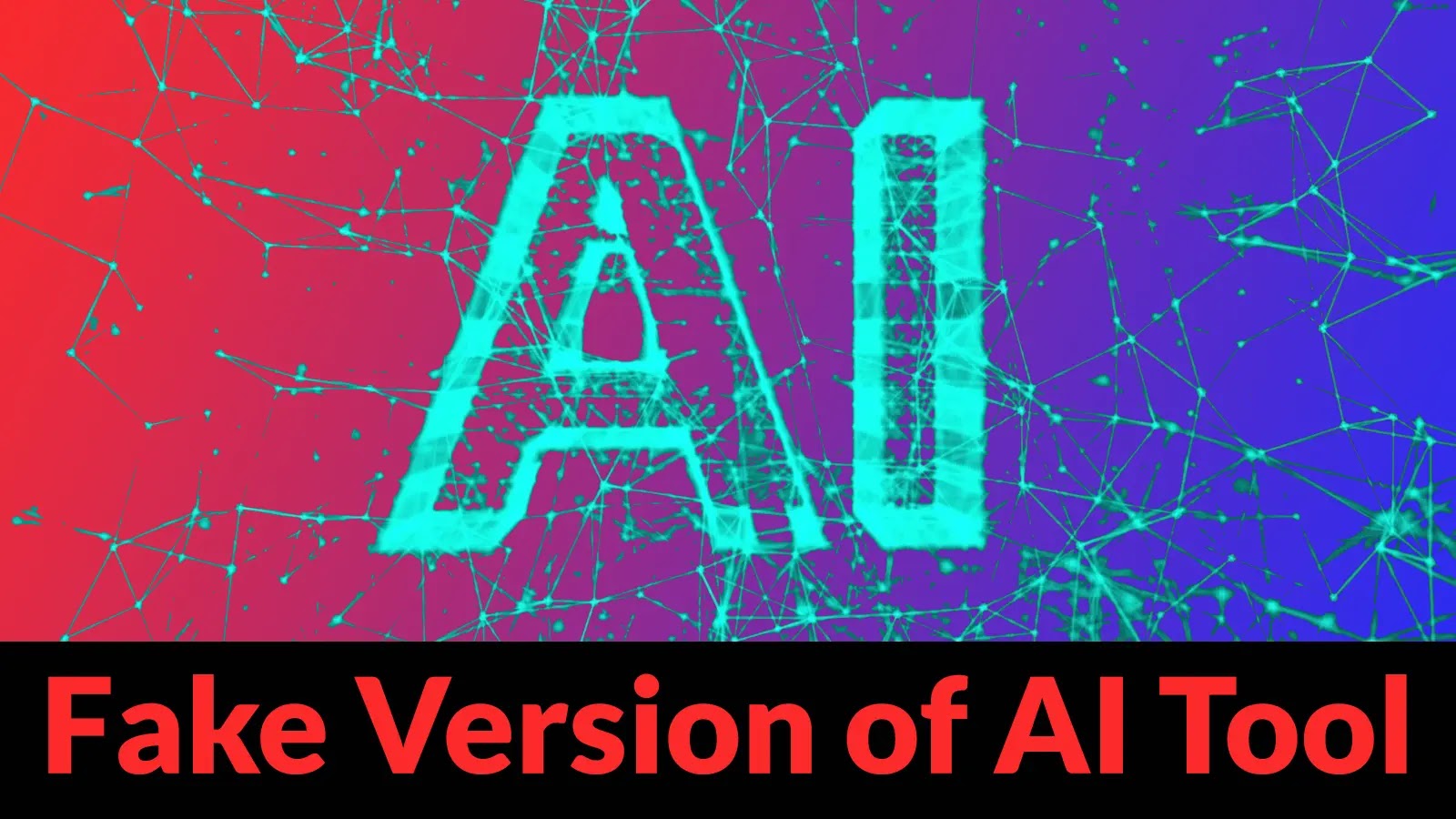In today’s rapidly evolving digital landscape, traditional cybersecurity measures that are purely reactive are no longer sufficient to combat sophisticated threats. Organizations must adopt proactive and adaptive strategies to effectively mitigate risks. Three critical components of such a strategy are Continuous Threat Exposure Management (CTEM), Attack Surface Management (ASM), and Vulnerability Management (VM). While each serves a unique purpose, their integration offers a robust defense mechanism against cyber adversaries.
Vulnerability Management (VM):
Vulnerability Management is a systematic process aimed at identifying, assessing, remediating, and monitoring security vulnerabilities within an organization’s IT infrastructure. The primary objective is to proactively detect and address vulnerabilities before they can be exploited by malicious actors. The VM process typically involves:
1. Vulnerability Discovery: Utilizing automated tools to scan and identify vulnerabilities across known assets within the organization’s network.
2. Assessment and Prioritization: Evaluating the severity and potential impact of identified vulnerabilities, often using standardized metrics like the Common Vulnerability Scoring System (CVSS).
3. Remediation: Implementing patches, configuration changes, or other corrective measures to address the vulnerabilities.
4. Reassessment: Conducting follow-up scans to ensure that remediation efforts have been effective.
5. Continuous Improvement: Refining the VM process based on lessons learned and emerging threats.
While VM is essential for maintaining the security of known assets, it primarily focuses on internal systems and may not account for unknown or external-facing assets.
Attack Surface Management (ASM):
Attack Surface Management extends beyond the scope of traditional VM by continuously identifying and monitoring all potential entry points that an attacker could exploit, including both known and unknown assets. ASM encompasses:
1. Asset Discovery: Mapping all digital assets, including cloud services, web applications, and third-party resources, to gain a comprehensive view of the organization’s attack surface.
2. Asset Inventory and Classification: Cataloging assets and categorizing them based on factors such as business value, ownership, and compliance requirements.
3. Vulnerability Identification and Risk Assessment: Continuously scanning for vulnerabilities and assessing the risk associated with each asset.
4. Prioritization and Risk Scoring: Assigning risk scores to assets to prioritize remediation efforts effectively.
5. Remediation and Reporting: Addressing identified vulnerabilities and generating reports to inform stakeholders of the organization’s security posture.
By providing continuous visibility into both internal and external assets, ASM enables organizations to proactively manage their attack surface and reduce the risk of exploitation.
Continuous Threat Exposure Management (CTEM):
Continuous Threat Exposure Management is a holistic approach that integrates elements of both VM and ASM to provide a comprehensive framework for managing security exposures. CTEM involves a continuous, iterative process comprising five stages:
1. Scoping: Defining the boundaries and objectives of the exposure management program, including identifying critical assets and potential threat vectors.
2. Discovery: Continuously identifying and cataloging all assets, including those that may be unknown or unmanaged.
3. Prioritization: Evaluating and ranking exposures based on factors such as exploitability, potential impact, and asset criticality.
4. Validation: Simulating real-world attack scenarios to validate the exploitability of identified exposures, thereby reducing false positives and focusing efforts on genuine threats.
5. Mobilization: Coordinating cross-functional teams to remediate validated exposures and implement measures to prevent recurrence.
By adopting CTEM, organizations can align their security efforts with real-world risks, ensuring that resources are allocated effectively to mitigate the most pressing threats.
Integrating CTEM, ASM, and VM:
While CTEM, ASM, and VM each offer distinct benefits, their integration provides a synergistic approach to cybersecurity:
– Enhanced Visibility: Combining ASM’s comprehensive asset discovery with VM’s detailed vulnerability assessments ensures that all potential attack vectors are identified and monitored.
– Improved Prioritization: CTEM’s validation processes help distinguish between theoretical and actual risks, enabling organizations to focus on exposures that pose genuine threats.
– Proactive Defense: The continuous nature of these processes allows organizations to stay ahead of emerging threats by regularly updating their security measures based on the latest intelligence.
– Resource Optimization: By prioritizing remediation efforts based on validated risks, organizations can allocate resources more efficiently, addressing the most critical vulnerabilities first.
Conclusion:
In the face of an increasingly complex threat landscape, security leaders must move beyond traditional, reactive measures and adopt a proactive, integrated approach to cybersecurity. Implementing Continuous Threat Exposure Management, Attack Surface Management, and Vulnerability Management in tandem provides a comprehensive framework for identifying, assessing, and mitigating security exposures. By continuously monitoring and validating their attack surface, organizations can enhance their security posture, reduce the likelihood of breaches, and ensure resilience against evolving cyber threats.



